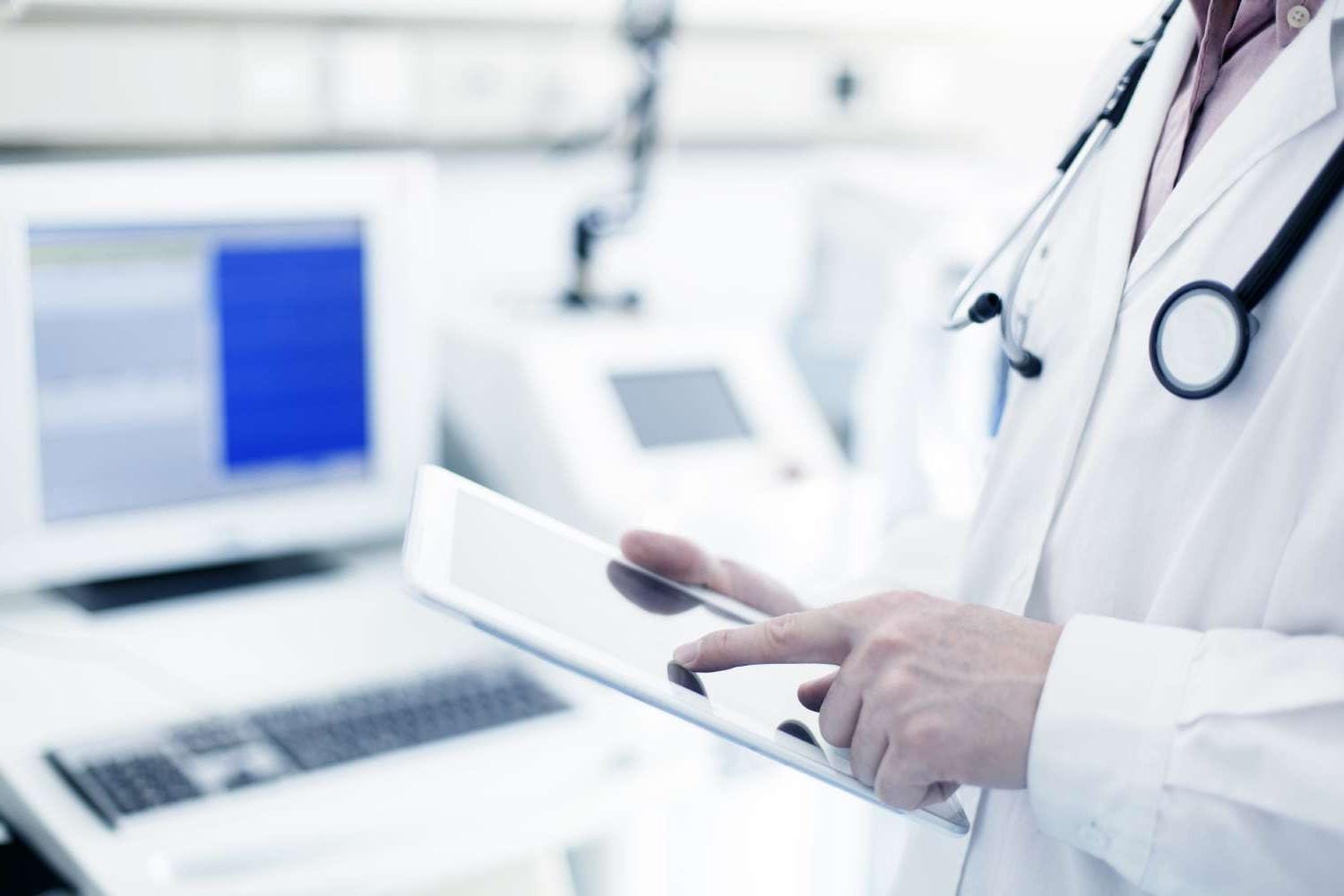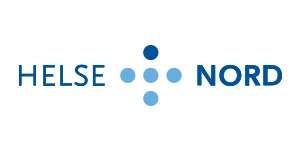- Customer Success Stories
- Technology increases patient safety

Process automation halves workload

SAS helps the health care sector gain insights into hospital acquired patient injuries

95% accuracy
Technology increases patient safety
Helse Nord achieved the above using SAS • SAS® Visual Analytics • SAS® Visual Text Analytics • SAS® Data Management
Analytics provides increased insights
Helse Nord uses SAS technology to automate their processes and half their workload
Nordland Hospital Trust started the development of automating their work processes using the Global Trigger Tool (GTT) method in 2010, together with SAS Institute. Since this was such a success, the following year it was rolled out to the entire Northern Norway Regional Health Authority (Helse Nord RHF). The method is used to identify and measure adverse events and is now used by all hospitals that ensure health services to residents in a region that covers 45% of the country`s land area, including Svalbard.
"The solution has halved the workload with the GTT analysis, giving us much more knowledge of situations that cause patient injuries. This gives us brand new injury prevention perspectives", says Barthold Vonen, Director, Center for Clinical Documentation and Evaluation - SKDE in Helse Nord.
Tonje Hansen is Chief Advisor at Nordland hospital. Everyday life has been greatly simplified.
"We save time and resources. All logistics around forms and registration have been simplified. Before, it took a lot of additional work to create reports and injury statistics. Now I get this information directly from the portal", says Hansen.
We should be able to flag the risk of additional patient injuries during the actual admission. There is great savings potential in this. This is the future of health care.Tonje Hansen Chief Advisor Nordland Hospital
95% accuracy
The purpose of the automation of the GTT method is to improve logistics and increase the quality of the work to reduce patient injuries. GTT is a standardized method developed by the Institute for Healthcare Improvement (IHI) and used internationally. In connection with the national patient safety program, a national version was developed, and SAS Institute together with Helse Nord established an automatic version, based on reference databases.
"With this, we have managed to develop higher sensitivity and specificity for GTT triggers. We have defined trigger hits for each trigger and spent a lot of time building this from scratch, especially for triggers based on free-text searches in the electronic patient journal. Hit accuracy is extremely important since the automation of the GTT method should not be at the expense of the quality of the analysis. The solution has a hit rate of around 95%", says Hansen.
Unique collaboration
Helse Nord has worked closely with SAS Institute all the way. Tonje Hansen believes this has been the recipe for success.
"This would not have been possible without connecting SAS competences with our own knowledge. What is truly unique is that the technology is properly rooted in medical expertise. We have emphasized that this should be a solution with a high degree of usability. We have now made data available on what is professionally important", Hansen concludes.
The health system of the future
In the future, the hospital hopes to be able to run real-time analysis of patients to identify future patient injury risk.
"In the long term, the solution can help us predict patients we should pay special attention to", says Barthold Vonen.
"We should be able to flag the risk of additional patient injuries during the actual admission. There is great savings potential in this. This is the future of health care", Hansen adds.
Helse Nord – Facts & Figures
50%
incsrease in workload capacity.
1,700
journals are screened per year for Nordland hospital compared to 240 previously. The solution has enabled a huge increase in screening capacity.
The Region
Helse Nord´s main responsibility is Public Healthcare.
The results illustrated in this article are specific to the particular situations, business models, data input, and computing environments described herein. Each SAS customer’s experience is unique based on business and technical variables and all statements must be considered non-typical. Actual savings, results, and performance characteristics will vary depending on individual customer configurations and conditions. SAS does not guarantee or represent that every customer will achieve similar results. The only warranties for SAS products and services are those that are set forth in the express warranty statements in the written agreement for such products and services. Nothing herein should be construed as constituting an additional warranty. Customers have shared their successes with SAS as part of an agreed-upon contractual exchange or project success summarization following a successful implementation of SAS software. Brand and product names are trademarks of their respective companies.
